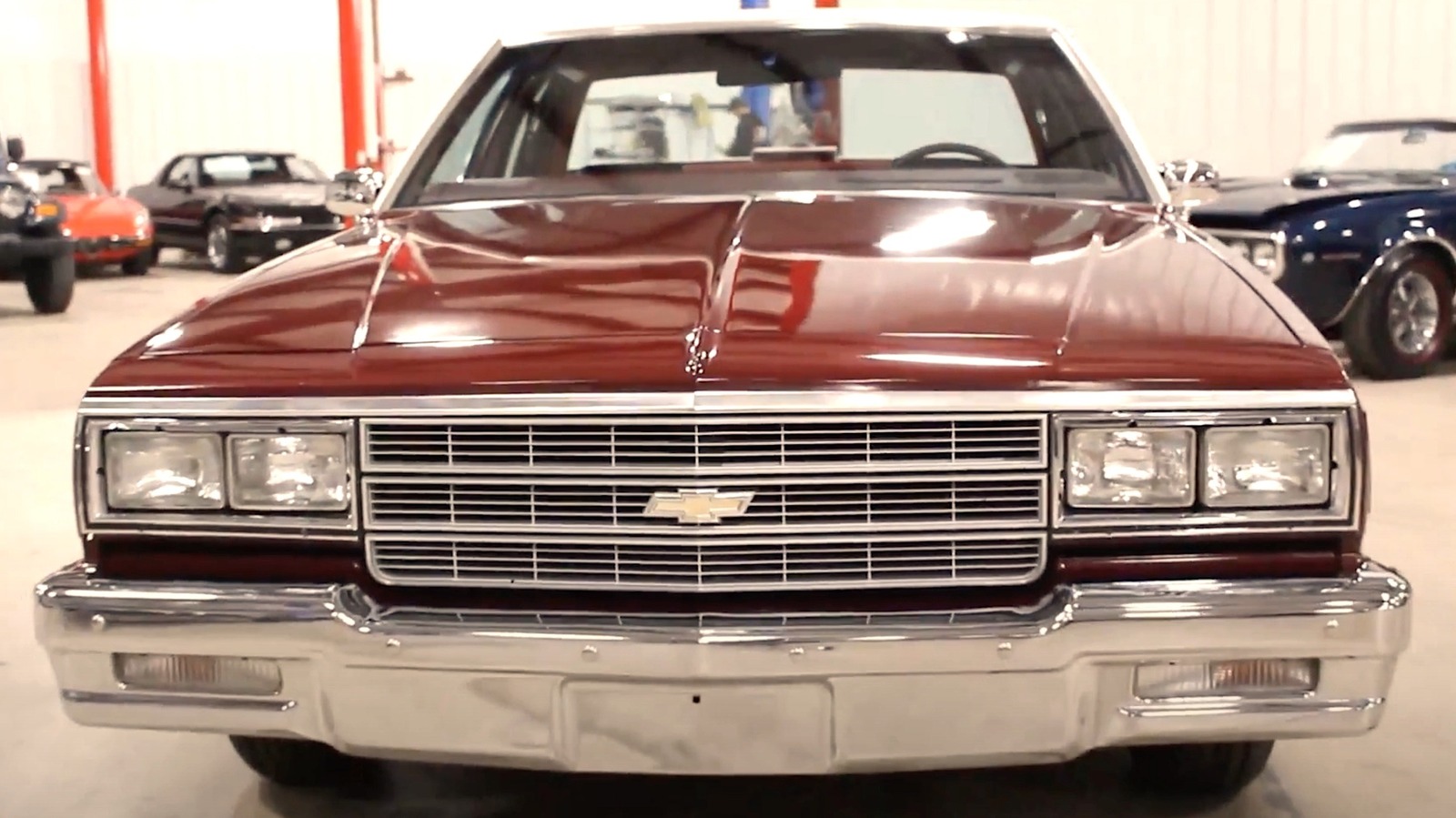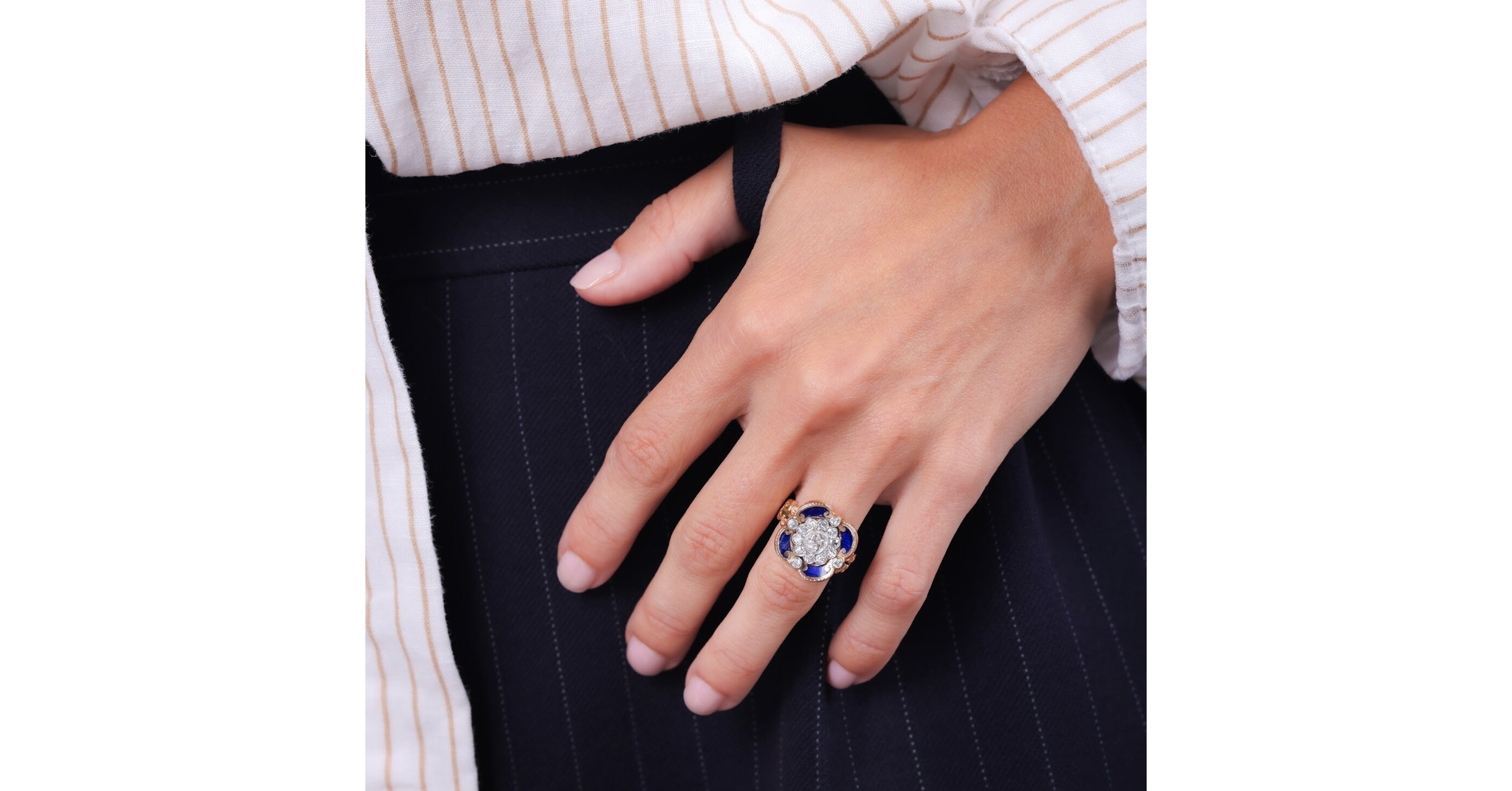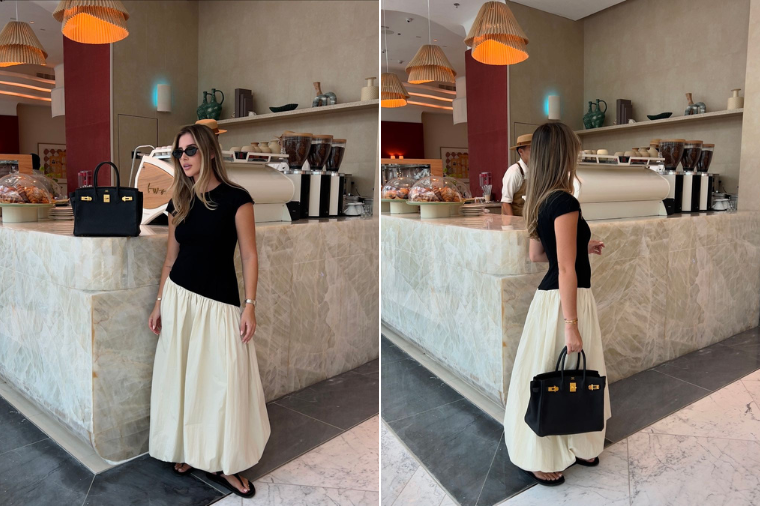For some classic car enthusiasts, the 1970s and 1980s styles were a bit of a mixed bag in terms of major U.S. automakers.
Sure, those decades saw the likes of Ford, Chevy, and Dodge releasing some of the more iconic muscle cars into the black top wilderness. But major manufacturers like Chevrolet were also releasing full-sized builds like the legendary Caprice and the long-in-production Impala , which were known less for their sleek lines and powerful engines than for being boxy behemoths that arguably prioritized torquey engines, handling, and outright practicality over style. Despite the wide frames, straight lines, and sharp edges giving those vehicles the look of a rolling box, the vehicles were distinctive in their almost humdrum appeal.
By the 1990s, the boxy builds unexpectedly even became popular with customizers attached to the so-called Dirty-South hip-hop scene, who began tricking them out in sometimes outlandish fashion before affectionately summoning the nickname "Box Chevy." There may be some debate about which precise Chevy builds fall under the Box Chevy shingle, particularly as model years can differ depending on their status as in the overall Donk car culture . But the general rule of thumb is that most of the big, boxy Chevy Sedans and Coupes produced in the '70s and '80s fit into the Box Chevy mold.
Yes, B-Body legends like the Chevy Caprice and Impala builds from those eras are prime examples of the style, though other GM models like the Oldsmobile Cutlas.


















